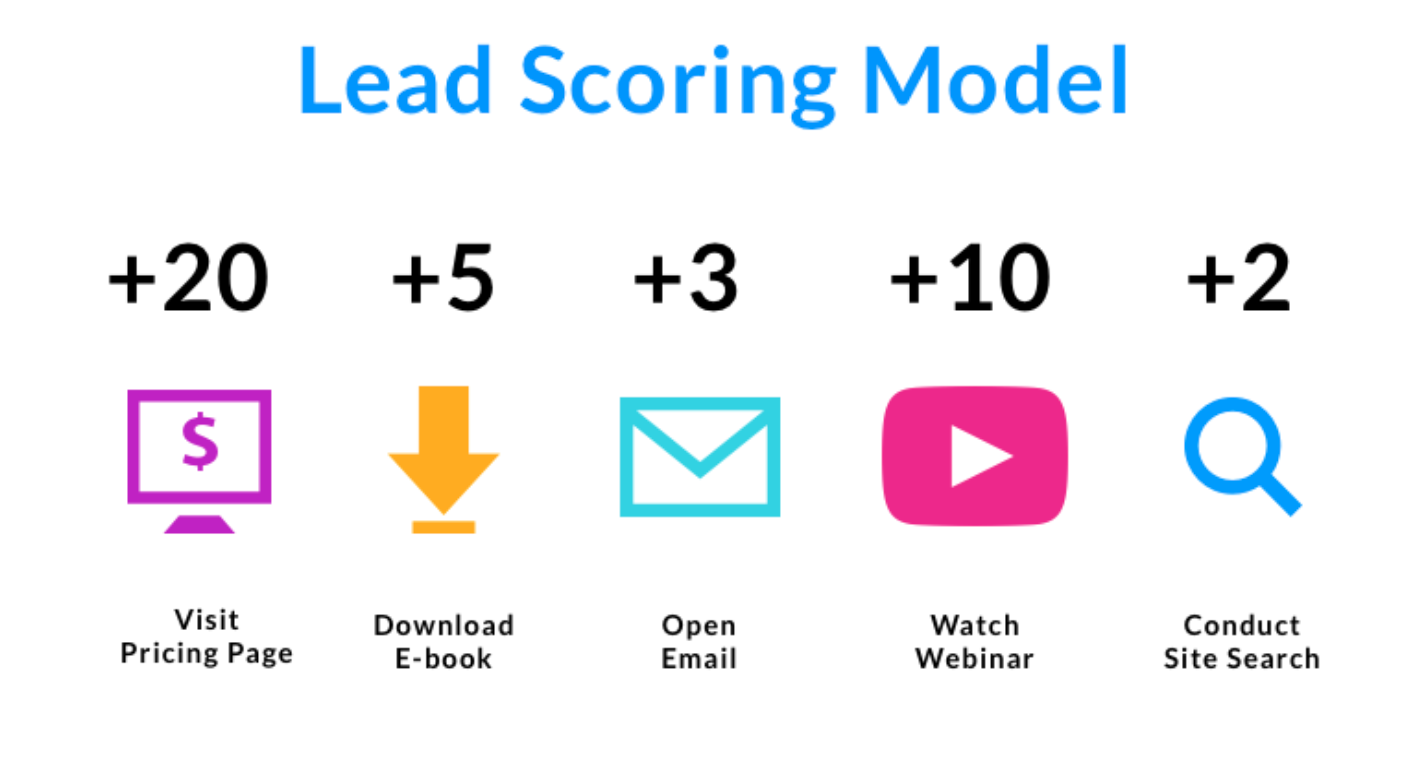Generating leads is only one aspect of the marketing and sales process, though a very important one. But too often people overlook the value of a quality lead as they only measure it against sales and resulting revenue. A lead is something to be fostered and grown into not just a sale, but a long-term customer.
As your leads grow, it is necessary to understand how each of those leads should be managed moving forward. Lead generation through the sales funnel only costs more money and more time in progression. Being able to uniquely identify each lead against your company goals by using specific attributes will give you a better chance to foster a lead’s growth.

Lead Attributes
The attributes associated with lead progression are almost endless and are dependent upon what you as a business identify as most appropriate for marketing your resources to prospects and customers. Think of attributes as something you spend either time or money on that is used to grow a sales lead. This could be the time you spend educating future clients, the resources you allocate on marketing generation such as blogs or social media, or even your development of self-promo. Attributes include anything that could happen to get someone from an initial lead in the sales funnel to the close of a sale.
Lead Scoring
Lead scoring is a way of qualifying your leads using a numerical scale. With lead scoring, you assign a value to each of your incoming leads. This will help you to uniquely identify the value of each lead based on what attributes are associated with that lead.

To start, you need to come up with a lead-to-customer conversion rate for your business. This is the present rate at which your new leads have become sales. This can be done now but should be a fluid number as it will change with market conditions and with your ability to better foster leads into the future. This number should improve with time and with your understanding of how your leads are scored.
Next, look at what attributes your customers share and what their journey looked like to become a customer. How did they find you? How long did it take them to make a purchase? This will help you see what attributes are most effective in obtaining timely sales.
Finally, you should compare the close rate of each of your customers to individual attributes to better understand what attributes impact a sale most. You can then assign metrics, such as 1 through 5 where 1 is least valuable and 5 is most valuable, to each of these attributes. This will give you an indication as to where your efforts should be spent.
For example, if you find that those in the “social media” attribute category more quickly make purchases and those purchases generate greater revenue, they might have 4s or 5s. Perhaps your “email” attribute you only score with 1s or 2s. This would mean that your social media is working, but your email marketing is ineffective in lead progression. This can then give you the indication that you should revamp your email marketing process.
Again, lead scoring must be something that you do regularly, maybe even once a quarter. The metrics will change, so be aware of those changes and adjust accordingly. With practice, lead scoring can be a highly valuable practice that saves time and keeps your sales funnel moving.
by Seth Barnett, VP Content Development
Philadelphia, PA 19107
 © 2025 AIM Smarter, LLC. All Rights Reserved.
© 2025 AIM Smarter, LLC. All Rights Reserved.